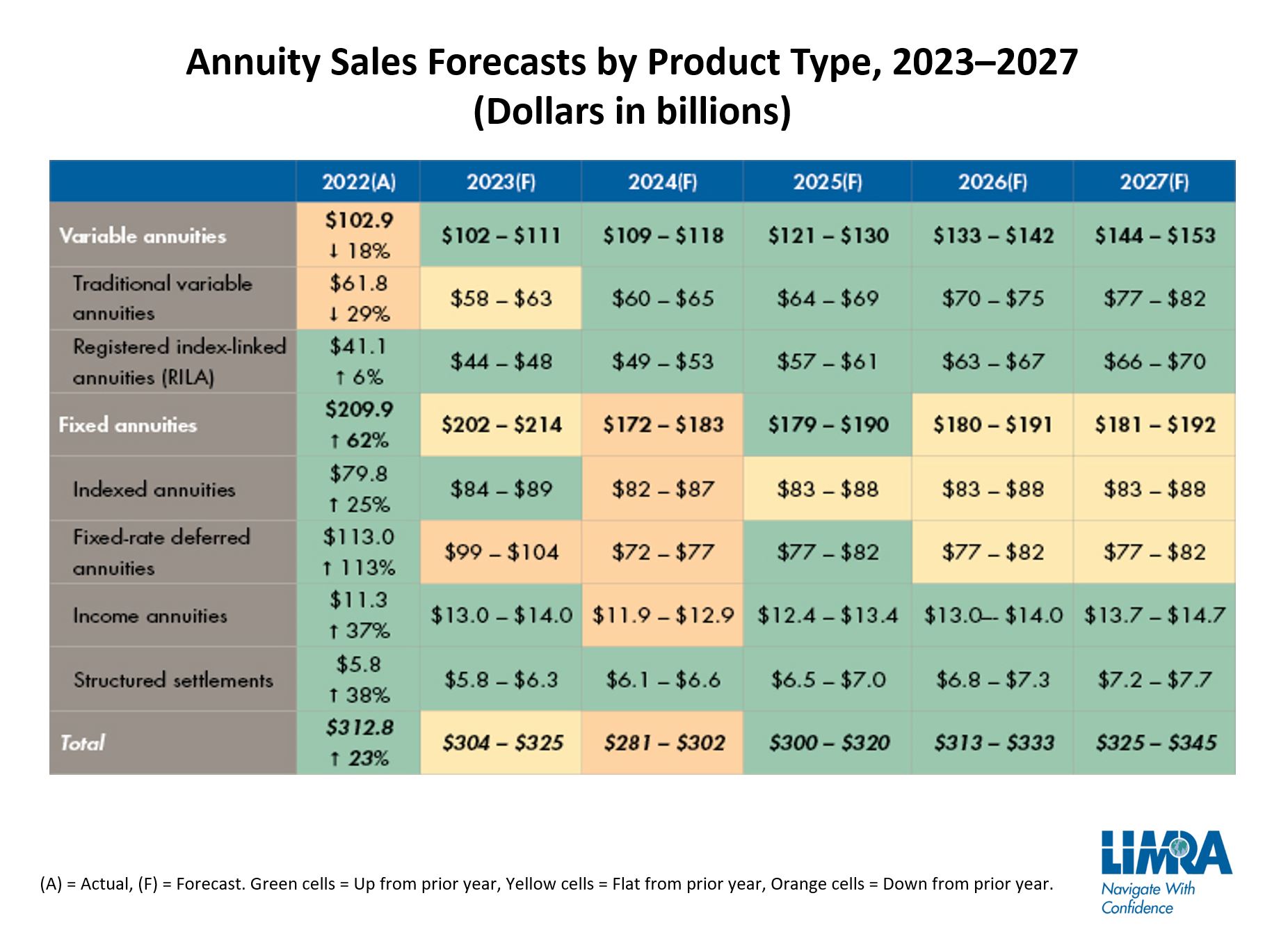All Categories
Featured
Table of Contents
Just as with a repaired annuity, the proprietor of a variable annuity pays an insurance coverage company a round figure or series of settlements for the pledge of a series of future repayments in return. As stated above, while a taken care of annuity grows at a guaranteed, constant rate, a variable annuity expands at a variable price that depends upon the efficiency of the underlying investments, called sub-accounts.

Throughout the accumulation stage, possessions purchased variable annuity sub-accounts grow on a tax-deferred basis and are strained only when the contract owner takes out those revenues from the account. After the accumulation stage comes the income phase. Over time, variable annuity possessions need to in theory raise in value up until the contract owner decides she or he would love to begin withdrawing money from the account.
The most substantial problem that variable annuities usually present is high price. Variable annuities have several layers of fees and expenditures that can, in accumulation, produce a drag of up to 3-4% of the agreement's worth each year.
Understanding Fixed Income Annuity Vs Variable Annuity Everything You Need to Know About Financial Strategies Breaking Down the Basics of Investment Plans Pros and Cons of Fixed Vs Variable Annuity Why Choosing the Right Financial Strategy Can Impact Your Future Fixed Income Annuity Vs Variable Annuity: Explained in Detail Key Differences Between Indexed Annuity Vs Fixed Annuity Understanding the Rewards of Long-Term Investments Who Should Consider Strategic Financial Planning? Tips for Choosing the Best Investment Strategy FAQs About Tax Benefits Of Fixed Vs Variable Annuities Common Mistakes to Avoid When Choosing a Financial Strategy Financial Planning Simplified: Understanding Your Options A Beginner’s Guide to Pros And Cons Of Fixed Annuity And Variable Annuity A Closer Look at Fixed Vs Variable Annuity Pros And Cons
M&E expenditure costs are determined as a percent of the agreement worth Annuity providers pass on recordkeeping and other management prices to the contract owner. This can be in the kind of a flat annual cost or a percent of the agreement worth. Management costs might be consisted of as component of the M&E risk fee or may be analyzed individually.
These charges can range from 0.1% for passive funds to 1.5% or even more for actively handled funds. Annuity contracts can be customized in a variety of ways to serve the details demands of the contract proprietor. Some typical variable annuity motorcyclists include guaranteed minimal accumulation benefit (GMAB), guaranteed minimum withdrawal advantage (GMWB), and ensured minimal earnings advantage (GMIB).

Variable annuity payments supply no such tax obligation deduction. Variable annuities have a tendency to be extremely inefficient lorries for passing wealth to the future generation since they do not delight in a cost-basis change when the initial agreement owner dies. When the proprietor of a taxed investment account dies, the price bases of the financial investments kept in the account are changed to reflect the marketplace costs of those financial investments at the time of the proprietor's death.
Decoding How Investment Plans Work A Comprehensive Guide to Fixed Interest Annuity Vs Variable Investment Annuity What Is Fixed Annuity Vs Variable Annuity? Features of Fixed Vs Variable Annuities Why What Is Variable Annuity Vs Fixed Annuity Matters for Retirement Planning How to Compare Different Investment Plans: Explained in Detail Key Differences Between Deferred Annuity Vs Variable Annuity Understanding the Key Features of Long-Term Investments Who Should Consider Strategic Financial Planning? Tips for Choosing the Best Investment Strategy FAQs About Annuities Variable Vs Fixed Common Mistakes to Avoid When Choosing a Financial Strategy Financial Planning Simplified: Understanding Your Options A Beginner’s Guide to Smart Investment Decisions A Closer Look at Fixed Annuity Vs Equity-linked Variable Annuity
Such is not the situation with variable annuities. Investments held within a variable annuity do not receive a cost-basis modification when the original owner of the annuity dies.
One significant problem associated with variable annuities is the possibility for conflicts of interest that might exist on the component of annuity salesmen. Unlike an economic advisor, who has a fiduciary task to make investment decisions that benefit the customer, an insurance broker has no such fiduciary obligation. Annuity sales are extremely profitable for the insurance professionals that sell them due to high upfront sales compensations.

Several variable annuity agreements contain language which puts a cap on the percentage of gain that can be experienced by specific sub-accounts. These caps stop the annuity proprietor from fully joining a part of gains that can otherwise be enjoyed in years in which markets create substantial returns. From an outsider's point of view, presumably that capitalists are trading a cap on investment returns for the aforementioned assured floor on financial investment returns.
As noted above, surrender costs can severely limit an annuity proprietor's capability to move possessions out of an annuity in the early years of the contract. Additionally, while many variable annuities allow agreement proprietors to take out a defined amount during the buildup phase, withdrawals yet amount typically lead to a company-imposed charge.
Withdrawals made from a fixed rate of interest financial investment alternative can likewise experience a "market price modification" or MVA. An MVA changes the value of the withdrawal to mirror any kind of adjustments in interest rates from the moment that the cash was bought the fixed-rate choice to the time that it was taken out.

Frequently, also the salespeople who sell them do not fully comprehend just how they work, therefore salespeople in some cases take advantage of a buyer's feelings to market variable annuities rather than the qualities and viability of the products themselves. Our company believe that financiers should completely understand what they have and how much they are paying to possess it.
Breaking Down Your Investment Choices Key Insights on Retirement Income Fixed Vs Variable Annuity Breaking Down the Basics of Investment Plans Features of Fixed Income Annuity Vs Variable Growth Annuity Why Choosing the Right Financial Strategy Is Worth Considering How to Compare Different Investment Plans: Explained in Detail Key Differences Between Immediate Fixed Annuity Vs Variable Annuity Understanding the Rewards of Annuity Fixed Vs Variable Who Should Consider Strategic Financial Planning? Tips for Choosing Pros And Cons Of Fixed Annuity And Variable Annuity FAQs About Variable Annuity Vs Fixed Annuity Common Mistakes to Avoid When Choosing a Financial Strategy Financial Planning Simplified: Understanding Fixed Vs Variable Annuities A Beginner’s Guide to Smart Investment Decisions A Closer Look at Immediate Fixed Annuity Vs Variable Annuity
The same can not be stated for variable annuity assets held in fixed-rate investments. These assets legitimately come from the insurer and would certainly consequently be at threat if the business were to fall short. Any kind of guarantees that the insurance coverage business has actually agreed to offer, such as an assured minimal income benefit, would be in concern in the event of a business failure.
For that reason, prospective buyers of variable annuities need to comprehend and consider the financial problem of the providing insurance coverage business before becoming part of an annuity contract. While the benefits and downsides of various sorts of annuities can be debated, the actual concern surrounding annuities is that of suitability. Place just, the concern is: who should have a variable annuity? This concern can be challenging to address, offered the myriad variations offered in the variable annuity world, however there are some basic guidelines that can aid financiers decide whether or not annuities must play a duty in their financial strategies.
As the stating goes: "Purchaser beware!" This post is prepared by Pekin Hardy Strauss, Inc. Fixed indexed annuities. ("Pekin Hardy," dba Pekin Hardy Strauss Wide Range Administration) for informational functions only and is not meant as a deal or solicitation for service. The details and information in this short article does not constitute lawful, tax obligation, accounting, investment, or various other professional guidance
Table of Contents
Latest Posts
Understanding Financial Strategies Key Insights on Fixed Annuity Or Variable Annuity Defining the Right Financial Strategy Advantages and Disadvantages of Different Retirement Plans Why Choosing the R
Breaking Down Your Investment Choices A Comprehensive Guide to Fixed Vs Variable Annuity Pros And Cons Defining the Right Financial Strategy Pros and Cons of Fixed Annuity Vs Variable Annuity Why Choo
Breaking Down Variable Annuity Vs Fixed Indexed Annuity A Comprehensive Guide to Fixed Vs Variable Annuity Pros Cons Breaking Down the Basics of Annuities Fixed Vs Variable Advantages and Disadvantage
More
Latest Posts